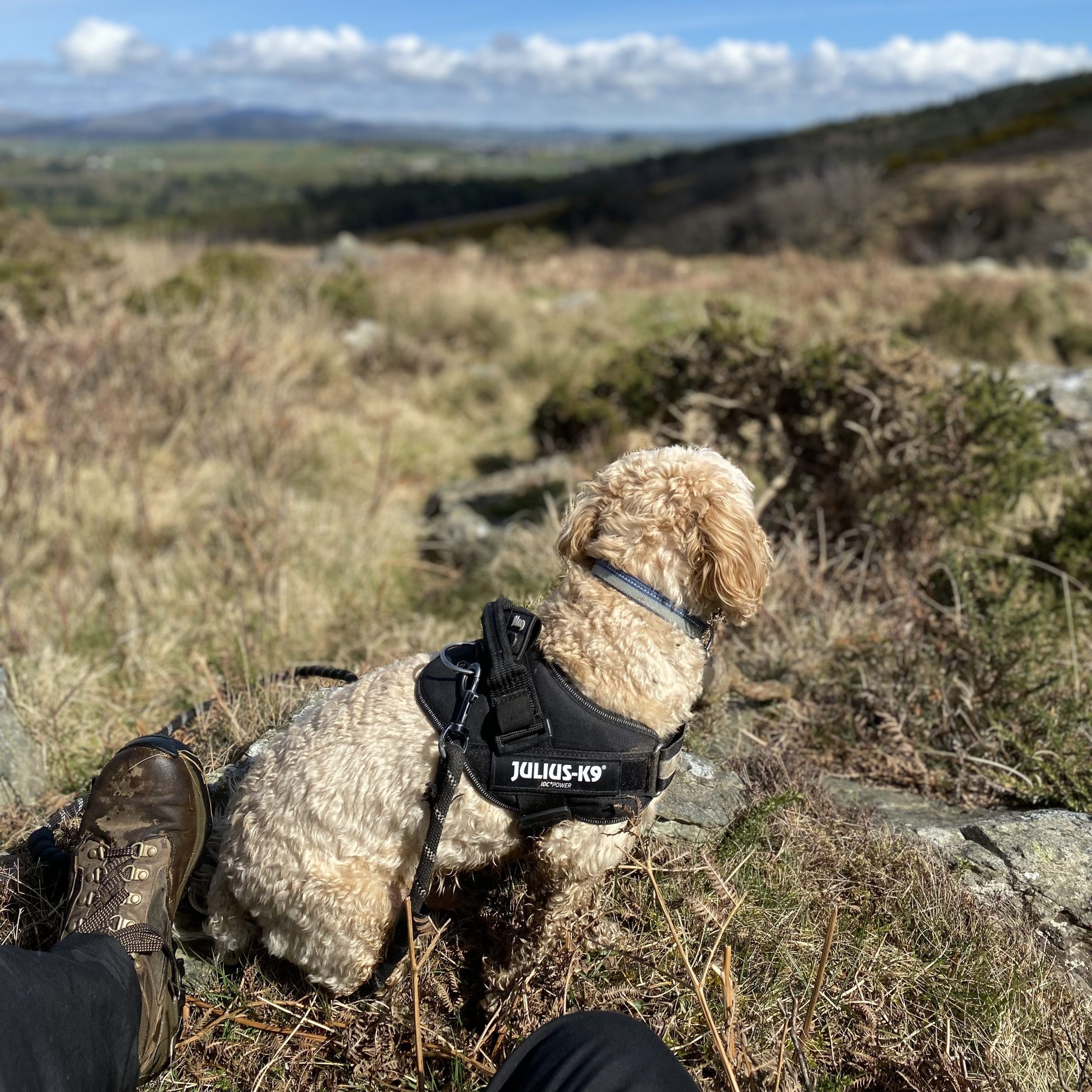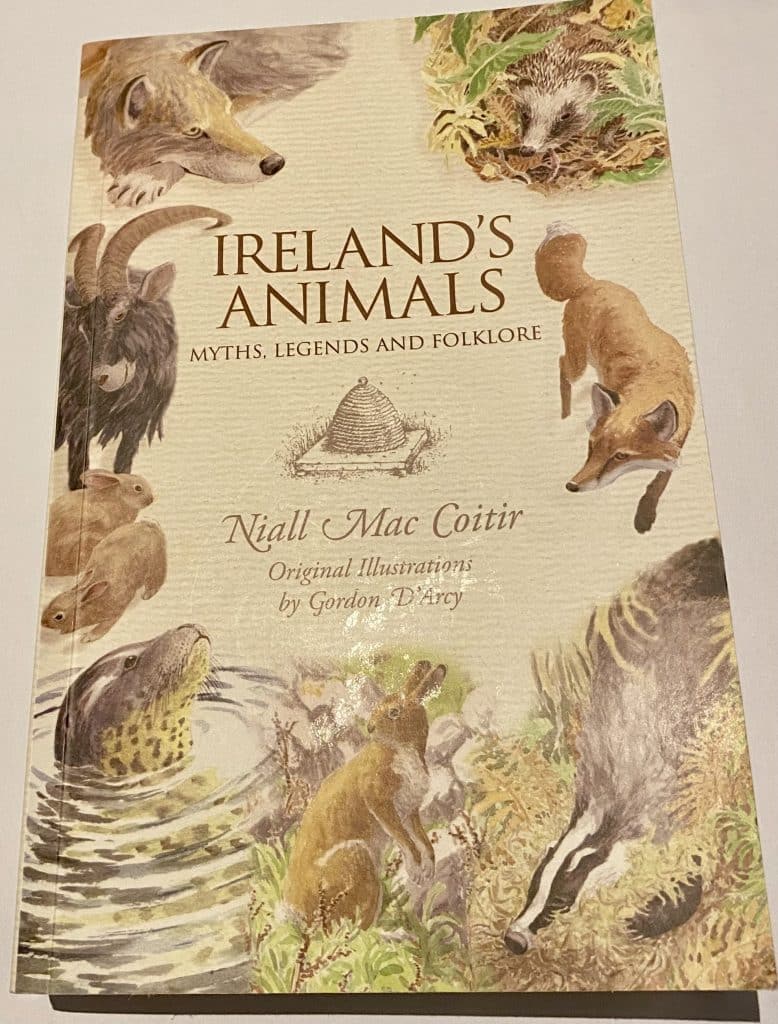I have a small, energetic dog that will never grown-up – a puppy locked inside a four-year-old’s body. If you asked me to describe him, I would focus on his obvious traits: the colour of his fur, his hyperactive personality, or his never-ending quest to hunt/steal food. I may even recount memories of him, such as our escapes into the countryside during lockdowns, the stress of training him, relaxing nights lounging on the sofa as he curls up beside me. I suspect this is how most of us would describe our pets, or the animals around us. But if you were to inquire of someone in Ireland several centuries past, particularly in the ancient past, their answer would have likely included few if any of these descriptions.

Animals throughout history
If you asked an Iron Age farmer to describe his dog, I strongly suspect his answer couldn’t be more different to my own. This is because animals historically were much more than pets or the mere biological creatures we’ve come to know them as. They were predators to be killed, game to be hunted, currency to be traded, power to be respected, food to be guarded, even gods to be feared. Animals were much more than their biological or physical traits; whether on a personal level, like mine, or on a narrative level embedded in the lore and mythology of a culture.
Niall’s overview in this book presents a wonderfully colourful analysis of these symbolisms and meanings, drawing extensively from original sources within ancient Irish history. Below I provide a review on Niall’s excellent book on Ireland’s Animals.
Book overview
The book is structured around Niall’s own classification of animals, using the elemental taxonomy of fire, earth, air and water. This is itself indicative of the wider challenge the book sets out to resolve; to reframe how we understand animals through this ancient mindset. In this way, Niall uses the ‘temperament and habitat’ to group common Irish animals together. Each are then discussed in turn:
Fiery animals: horse, deer, wolf, fox, stoat, and lizard.
Airy animals: cat, hare, rat, mouse, squirrel, bat, bee.
Earthy animals: cow, pig, dog, donkey, goat, sheep, badger, hedgehog, rabbit.
Water animals: whale, seal, otter, salmon, snake, frog.
For each animal, Niall reviews it against several categories: the folk beliefs and customs, myths and legends, usage in placenames, and relations with humans. In this way, he presents a holistic picture of how animals have been historical regarded in Irish literature and practice.
A deeper understanding
What is so powerful about this approach, is that it portrays each of these common animals through perspectives few of us will ever have considered.
Take the example of the cow.
“[C]attle were regarded as a primary source of wealth in early Ireland, and were a symbol of the fertility and goodness of the land.”
Cattle provided critical commodities with their milk, butter, cheese, meat, bone and leather. To own a cow was to own power itself. But Niall outline describes how a cow’s value translated into their symbolic and sacred value. One custom had cattle driven between bonfires to protect them from evil spirits (though it interestingly may have also helped kill off any parasites and lice too). Other traditions help great superstitions around milking and the bad luck which would follow anyone who spilled milk.
The mythology of cows
In Celtic traditions across Europe, Niall notes how bulls were frequently associated with the gods. The horned god Cernunnos appears in Gaulish shrines and the triple-horned bull was widely used across Roman-celtic sites. Stories of miracles by Irish saints often relate to blessings over cows or bulls. And, of course, bulls were a prominent object of sacrifice and ritual. Indeed, a joint of beef was sometimes laid at the head of the deceased as part of their burial.
This example is but a taste of the feast Niall lays on. It’s truly a comprehensive, well-researched narrative, filled with interesting anecdotes and sources.
Verdict
This is a thoroughly researched, detailed analysis of common Irish animals from Ireland’s ancient past. It provides a fresh perspective on how we understand the role of animals in history, but also in life today. Niall concludes by saying:
“But we do not have to regard animals as sacred to appreciate their value. The fact is that animals are our constant companions, and without animals the world would be a much colder, more boring and lonelier place for humans.”
There are insights here you are unlikely to see anywhere else, such as the influence of animals on placenames – for instance, I never knew Limavady means “the dog’s leap”, as derived from “a gorge south of town over which a dog of ancient times carried a message of impending danger”1. Likewise, the translations Niall provides on poetry and ancient literature are truly an invaluable resource and one I have gone back to several times.
My only criticism was the structure can make it hard to follow or return to sections from before. The structure isn’t always intuitive, as it is neither a reference source nor a single narrative. There is so much content, so much research, it can be overwhelming as a reader to understand what’s most important.
That said, this is definitely worth investing in if you have interest in Irish history, folklore, or mythology. It’s a fantastic resource and one I will likely keep close to hand for many years to come.
Favourite quote
“So effective were dogs as guardians against fairies that in a poem from County Donegal a fairy woman laments how dogs disrupt her going about her business:
Dogs in front of the bushes
Dogs behind the folds
Dogs who upset my dish
Dogs who hunt me, may they die
Favourite fact
That the native wolf was not believed to have been particularly aggressive towards humans at all. The ancient Brehon Laws make no mention of wolf attacks which is a striking omission.
The author
Niall Mac Coitir has an evident love and knowledge of Irish prehistory, particularly being a fluent Irish-speaker. This book is one of four, each covering a different theme: birds, plants, animals, trees. While he doesn’t have any prestigious academic accolades or titles, he has a deep and well-researched understanding of the subject-matter.
Book specification
238 pages, around 33 chapters (see above for structure), published in 2010.
Available here on: Amazon £11.99

- https://www.britannica.com/place/Limavady-Northern-Ireland ↩︎
For more of my posts please see here or to follow me on Twitter see here

Leave a Reply
You must be logged in to post a comment.